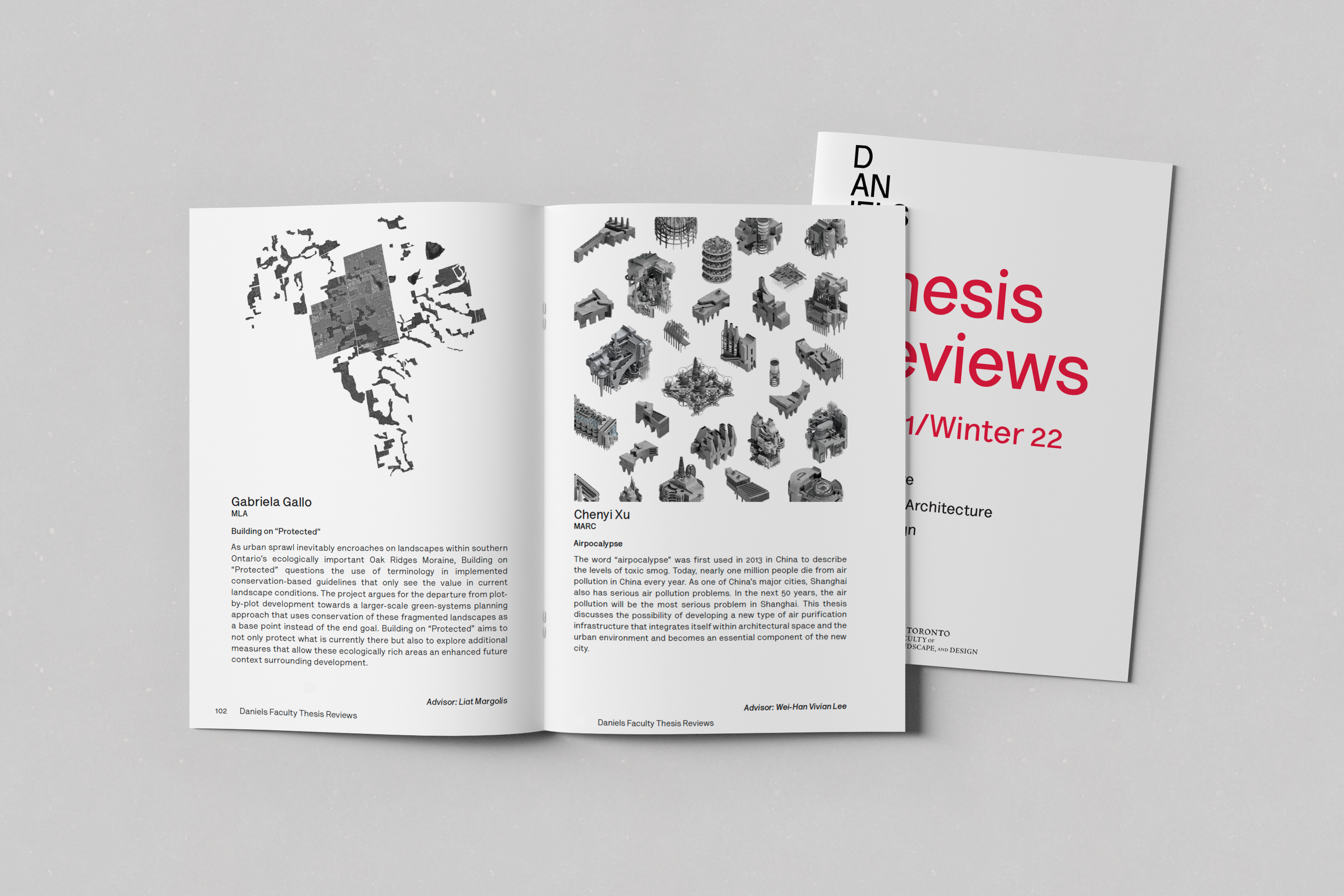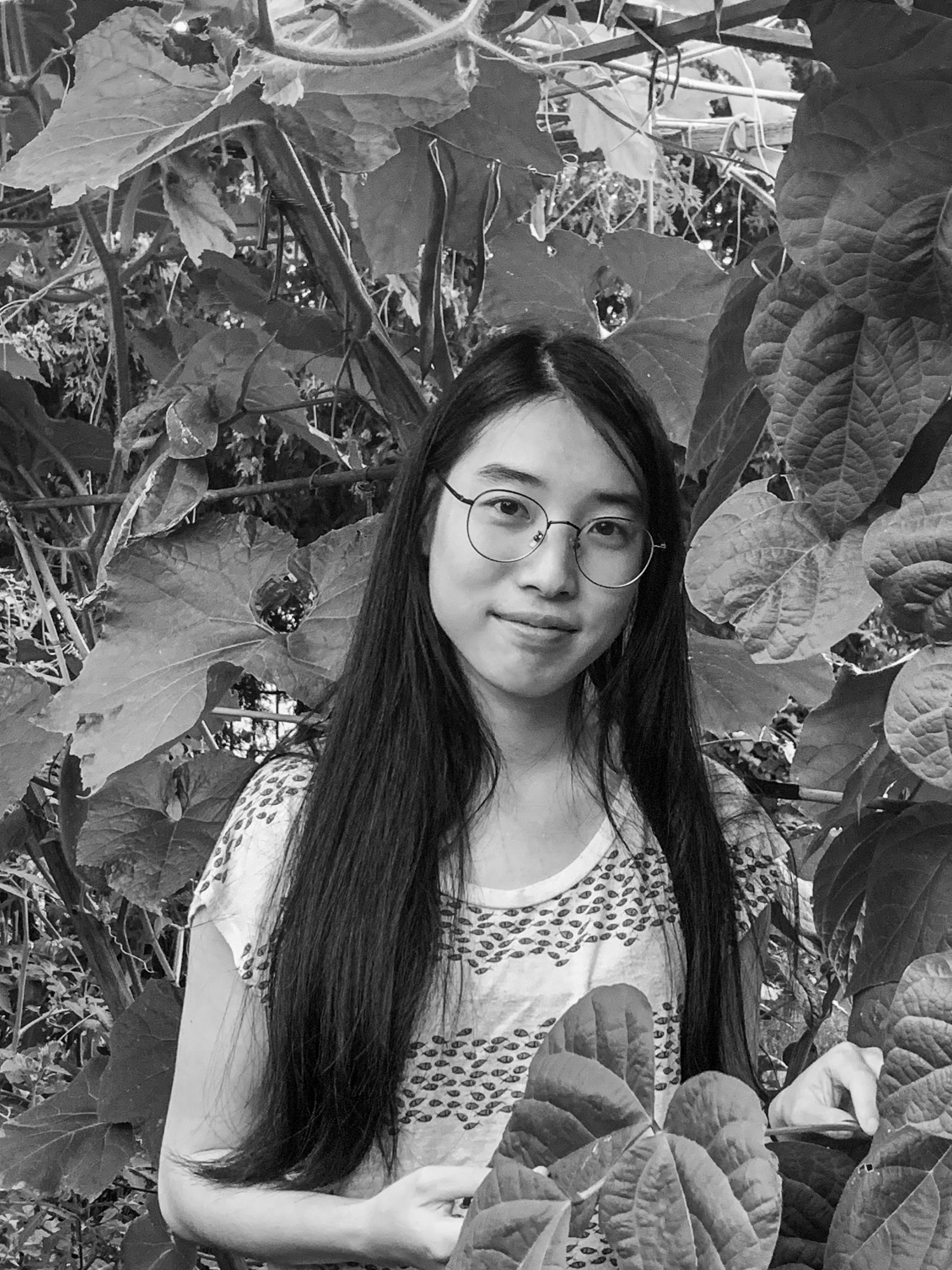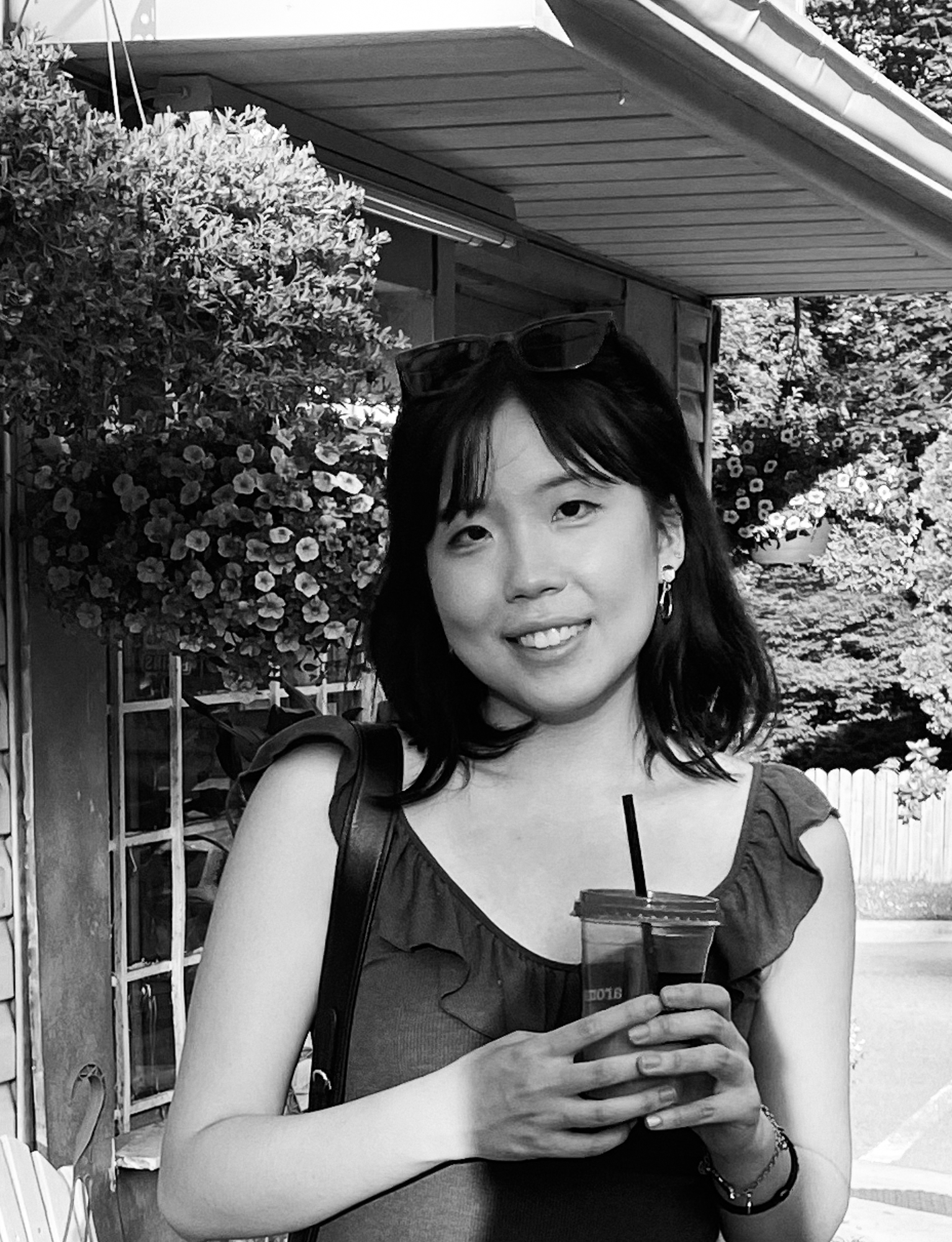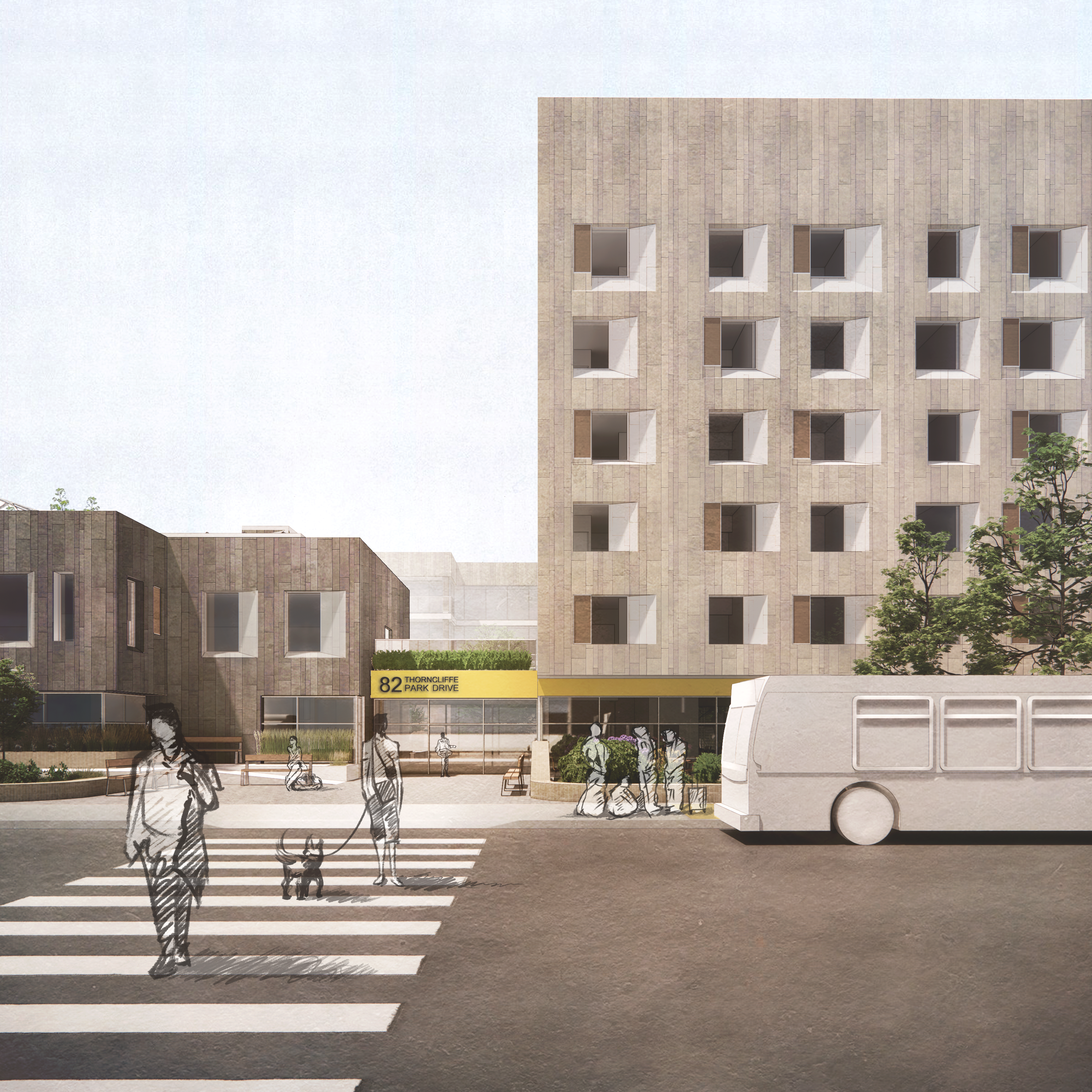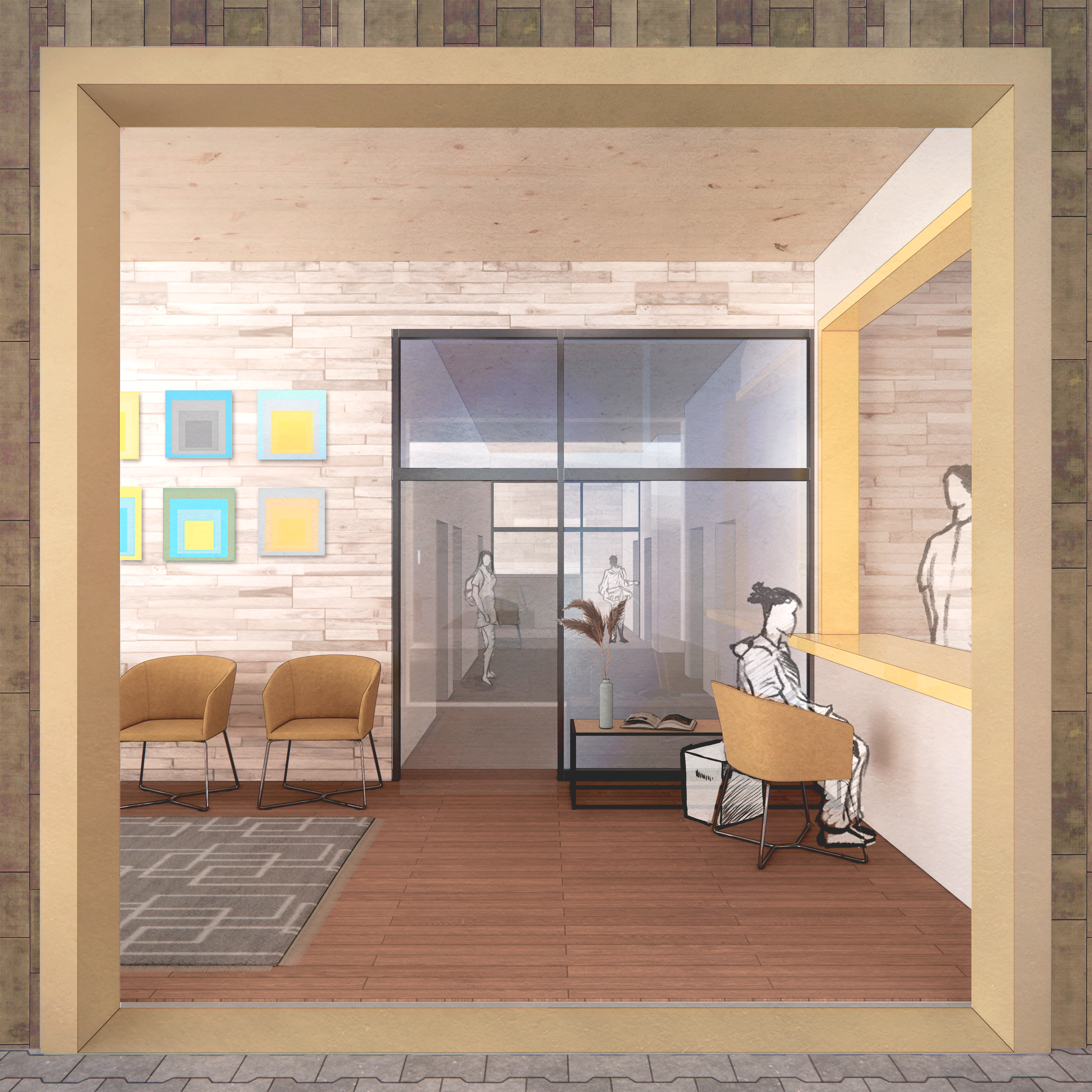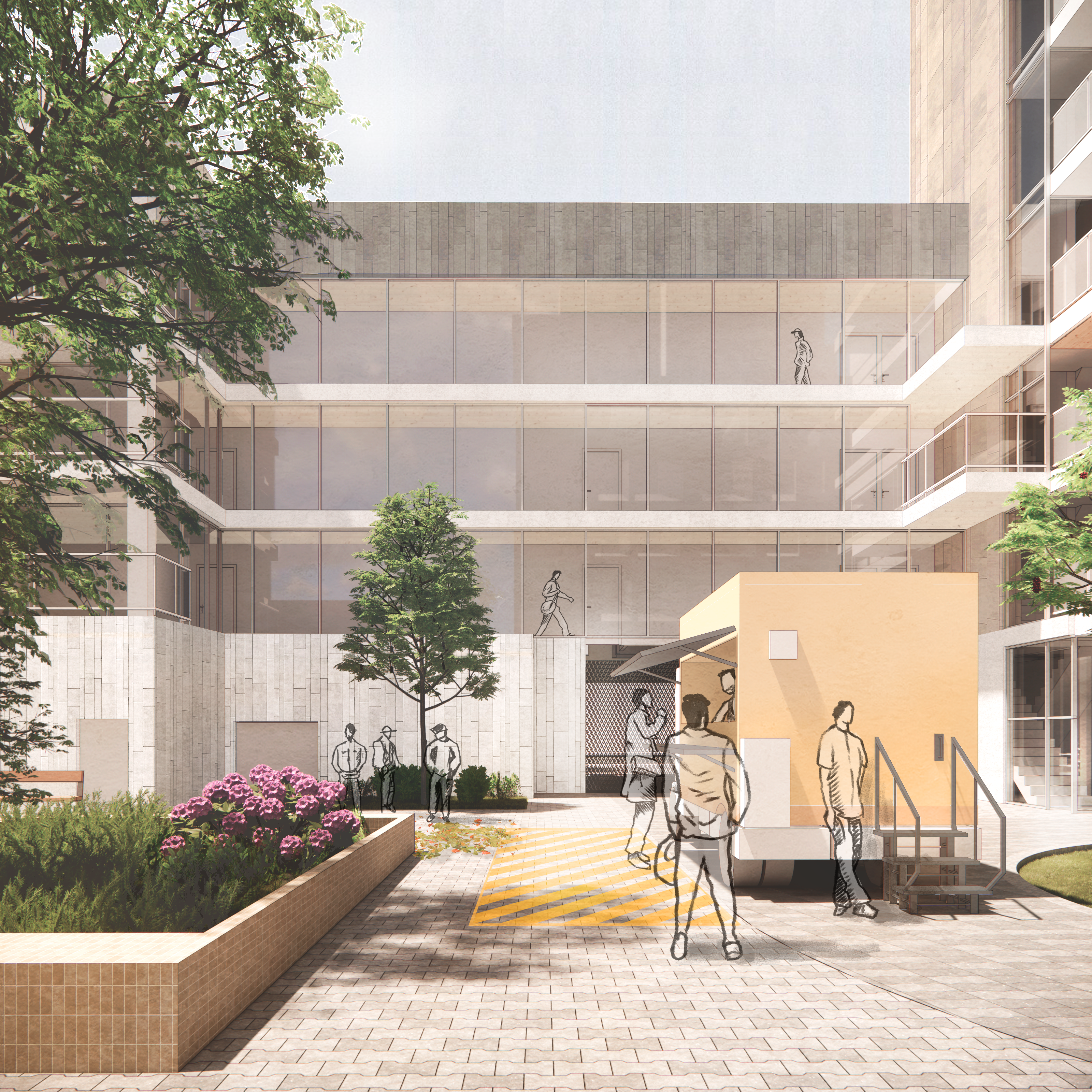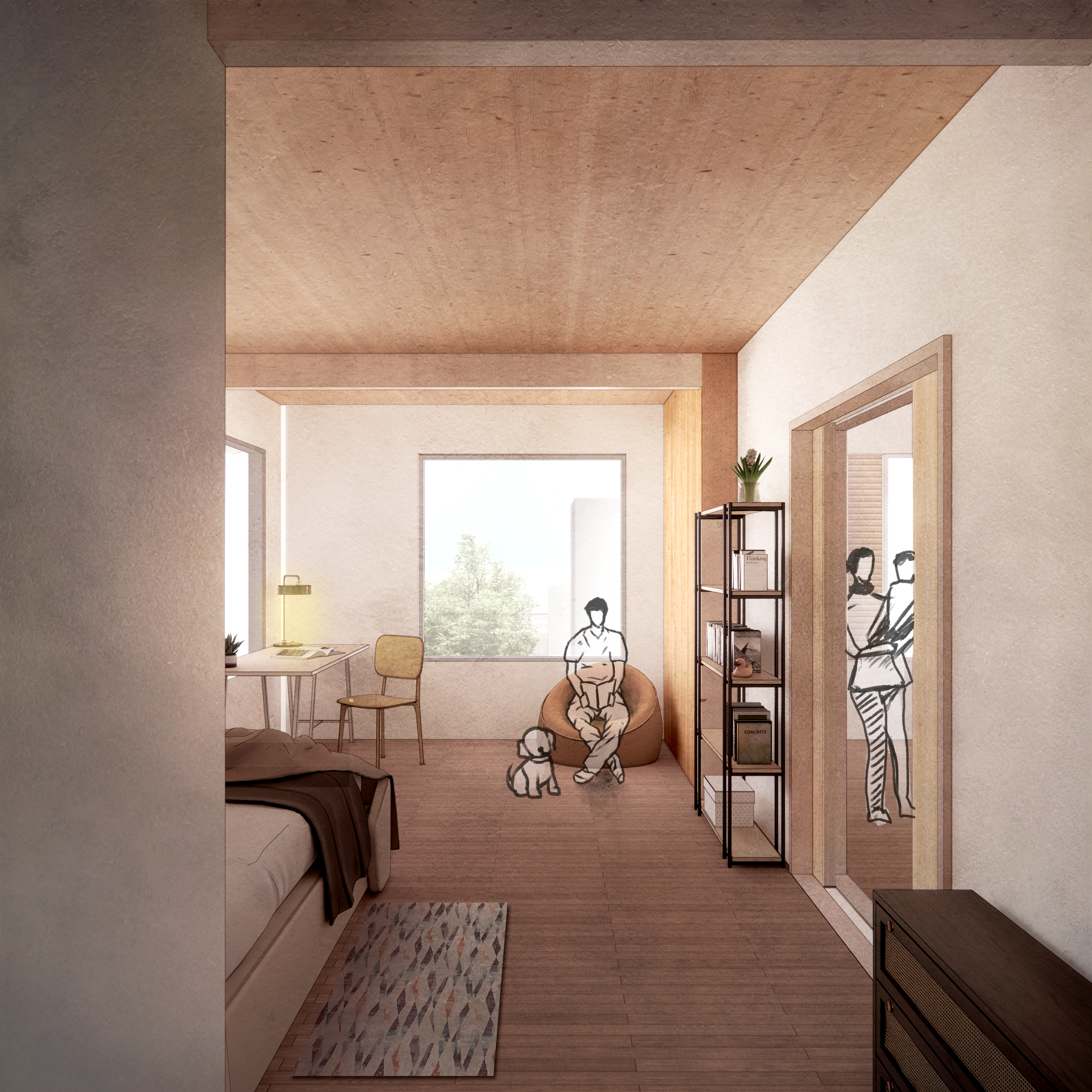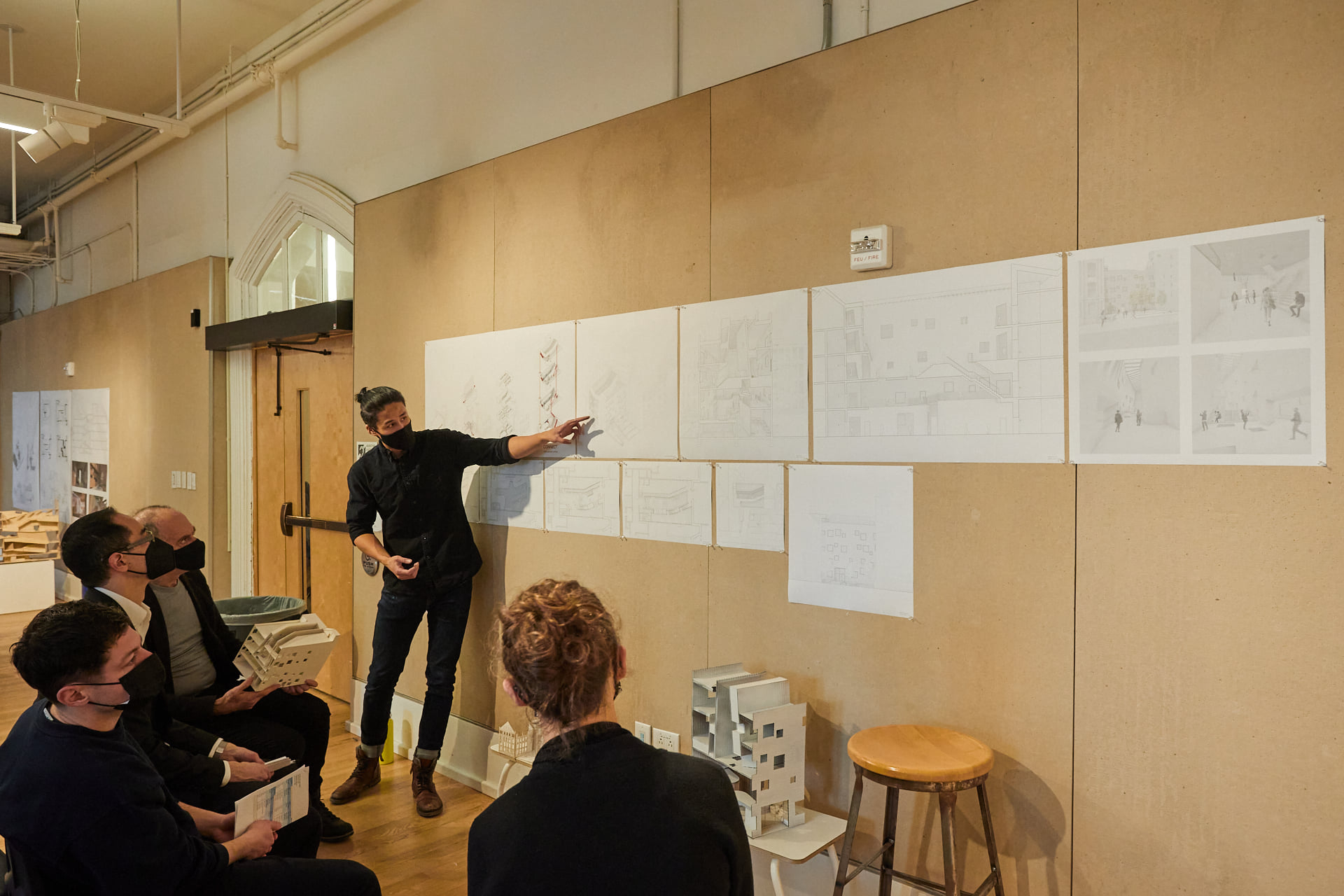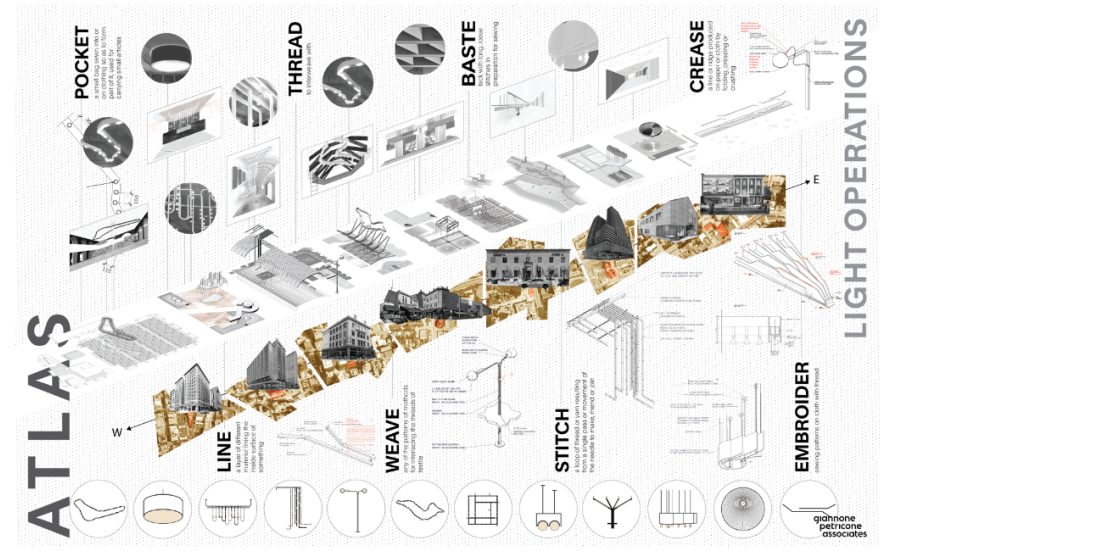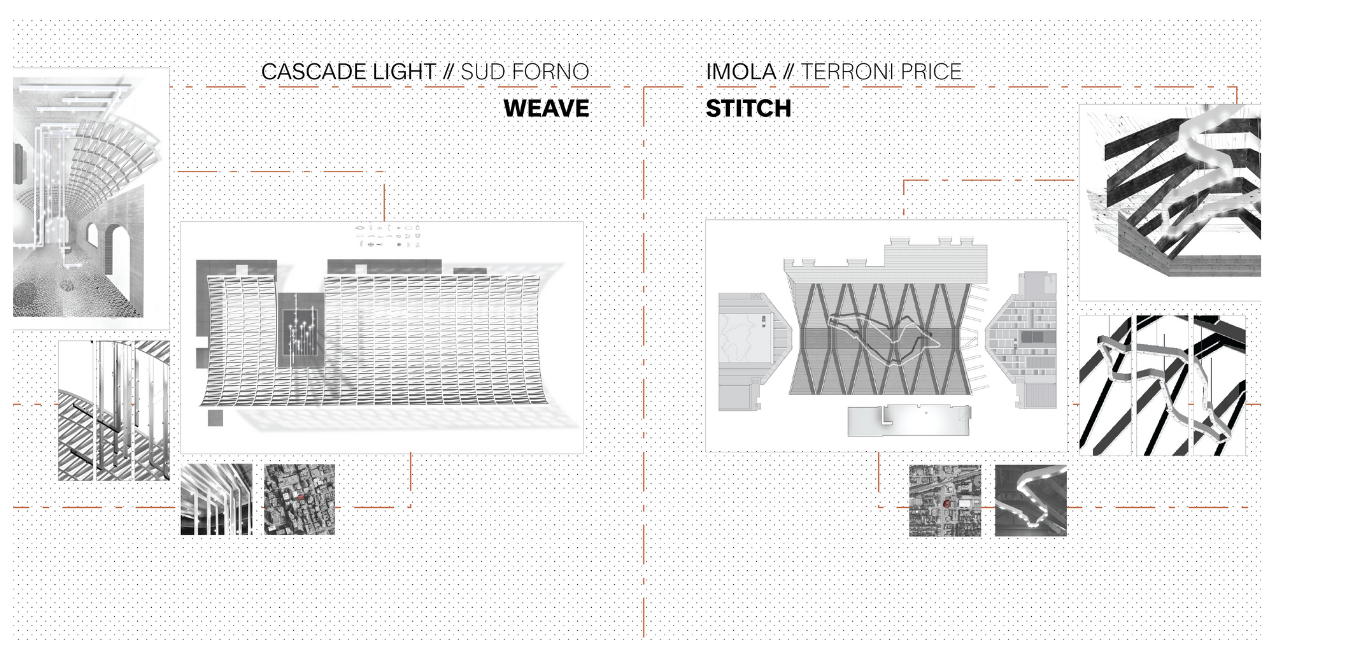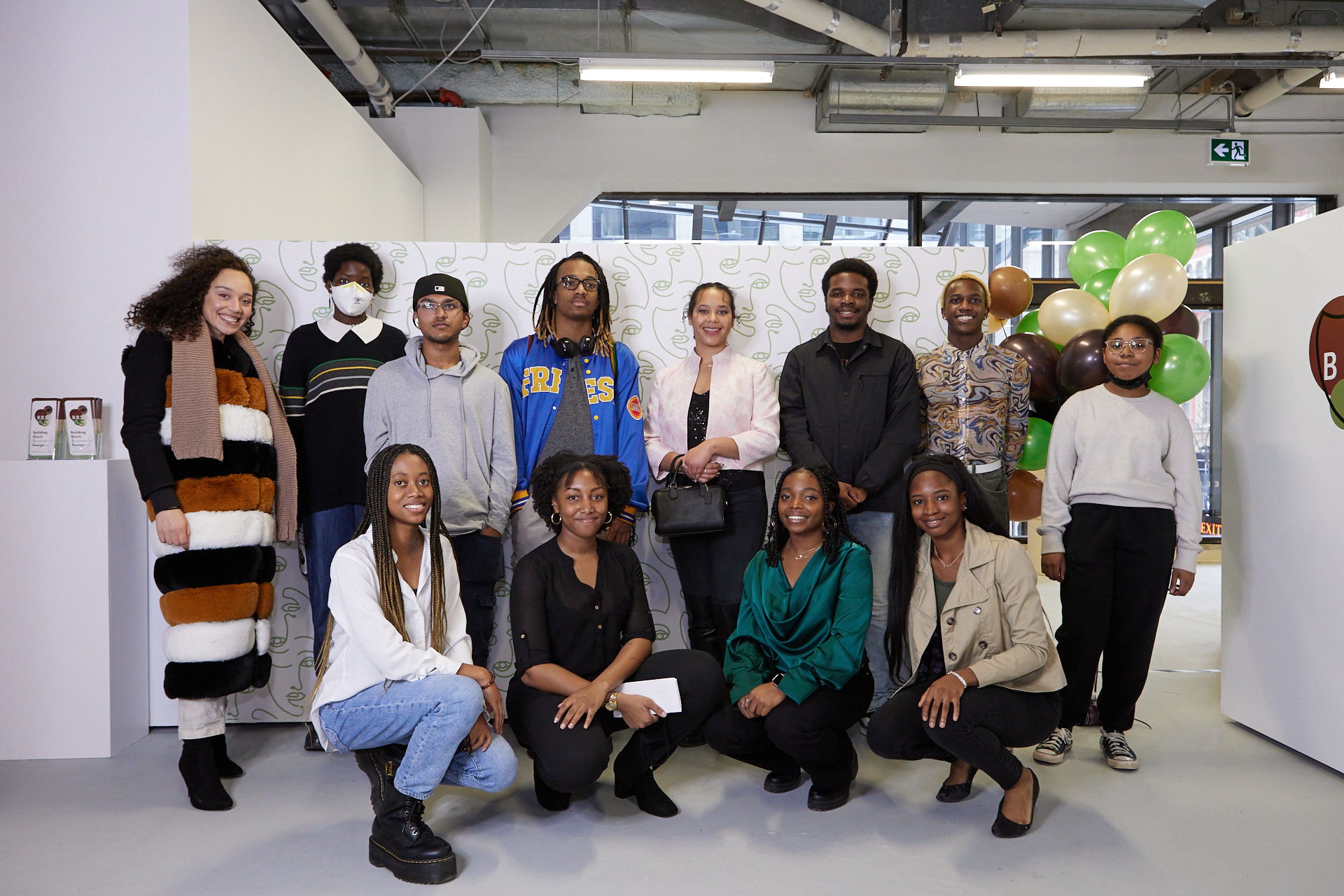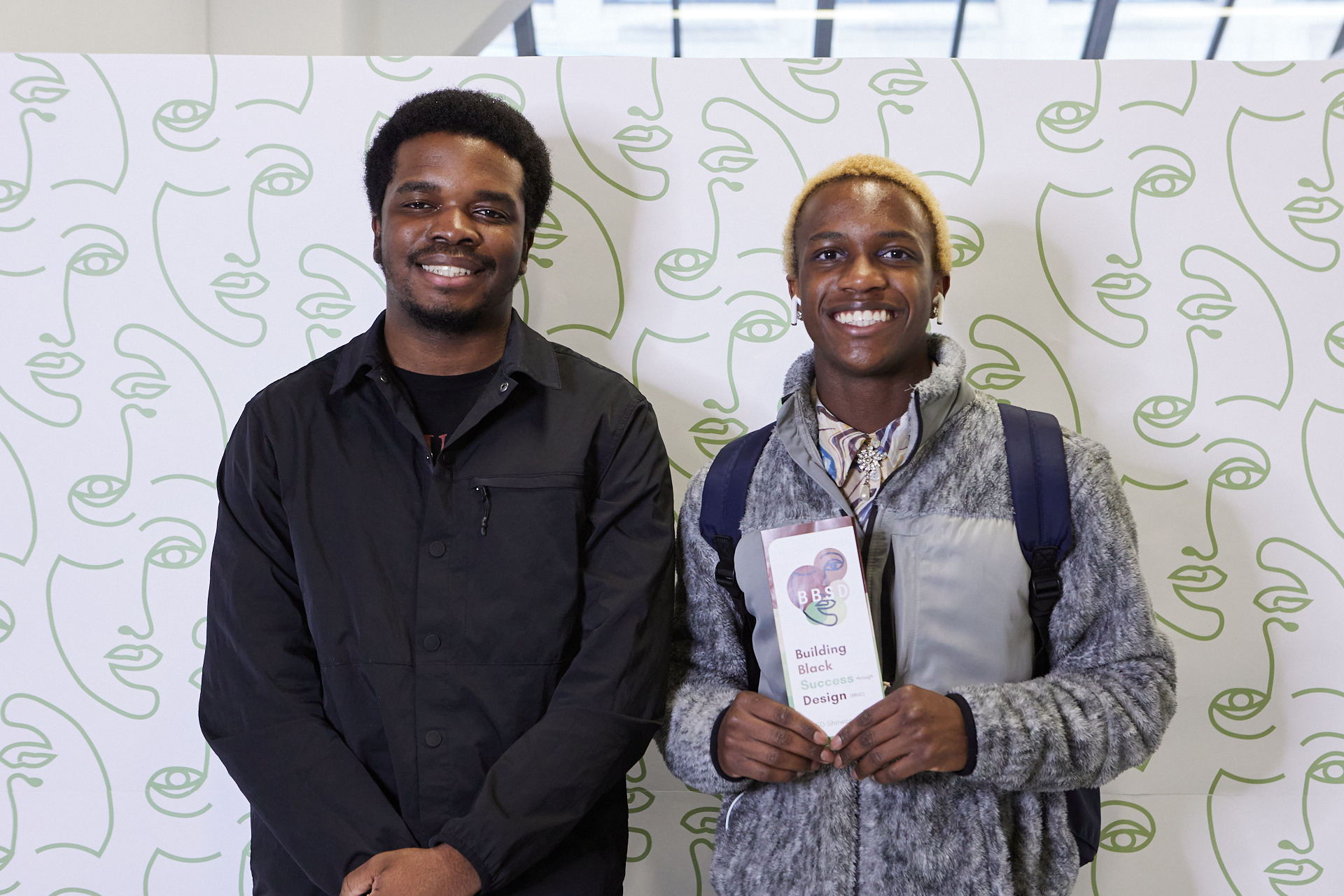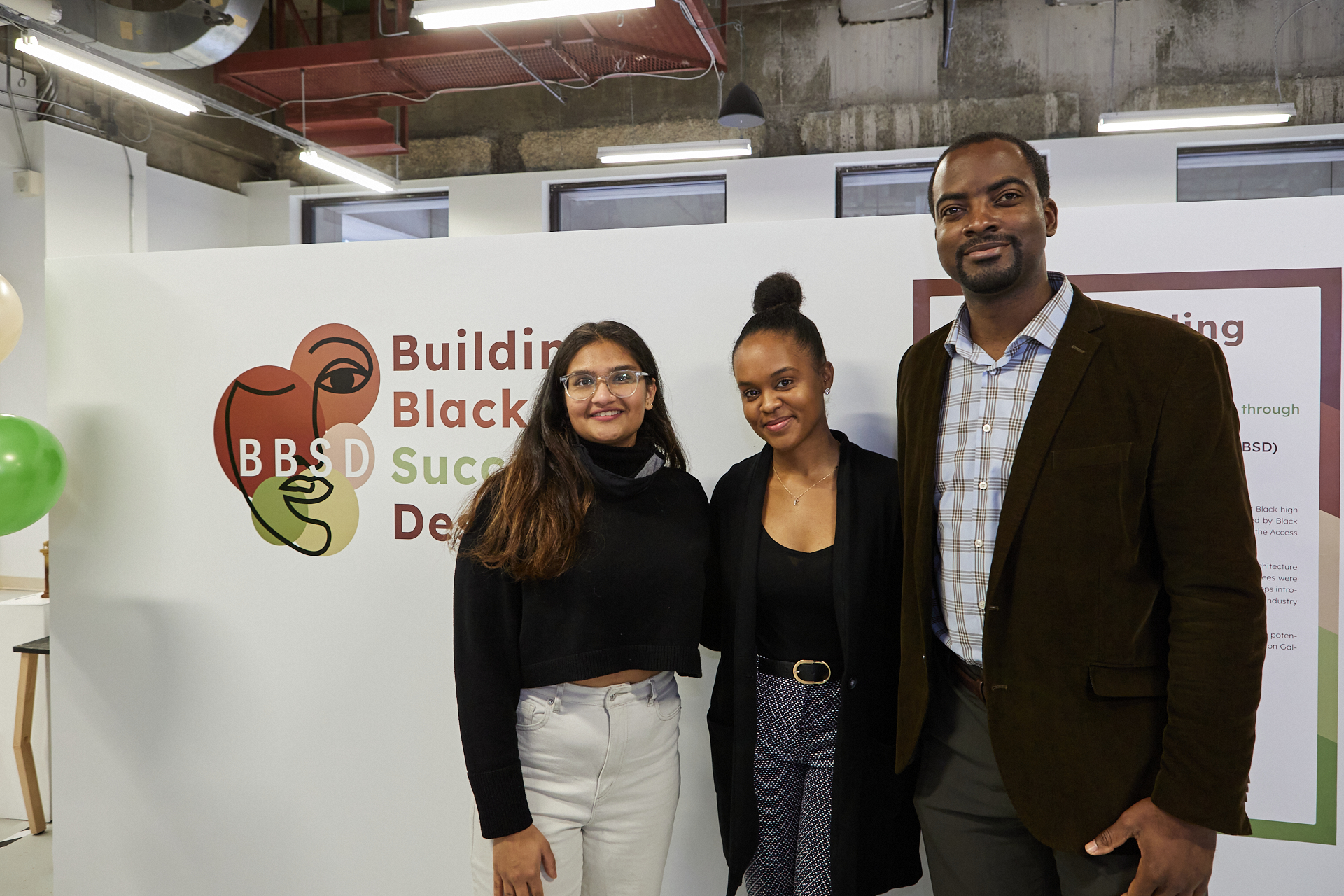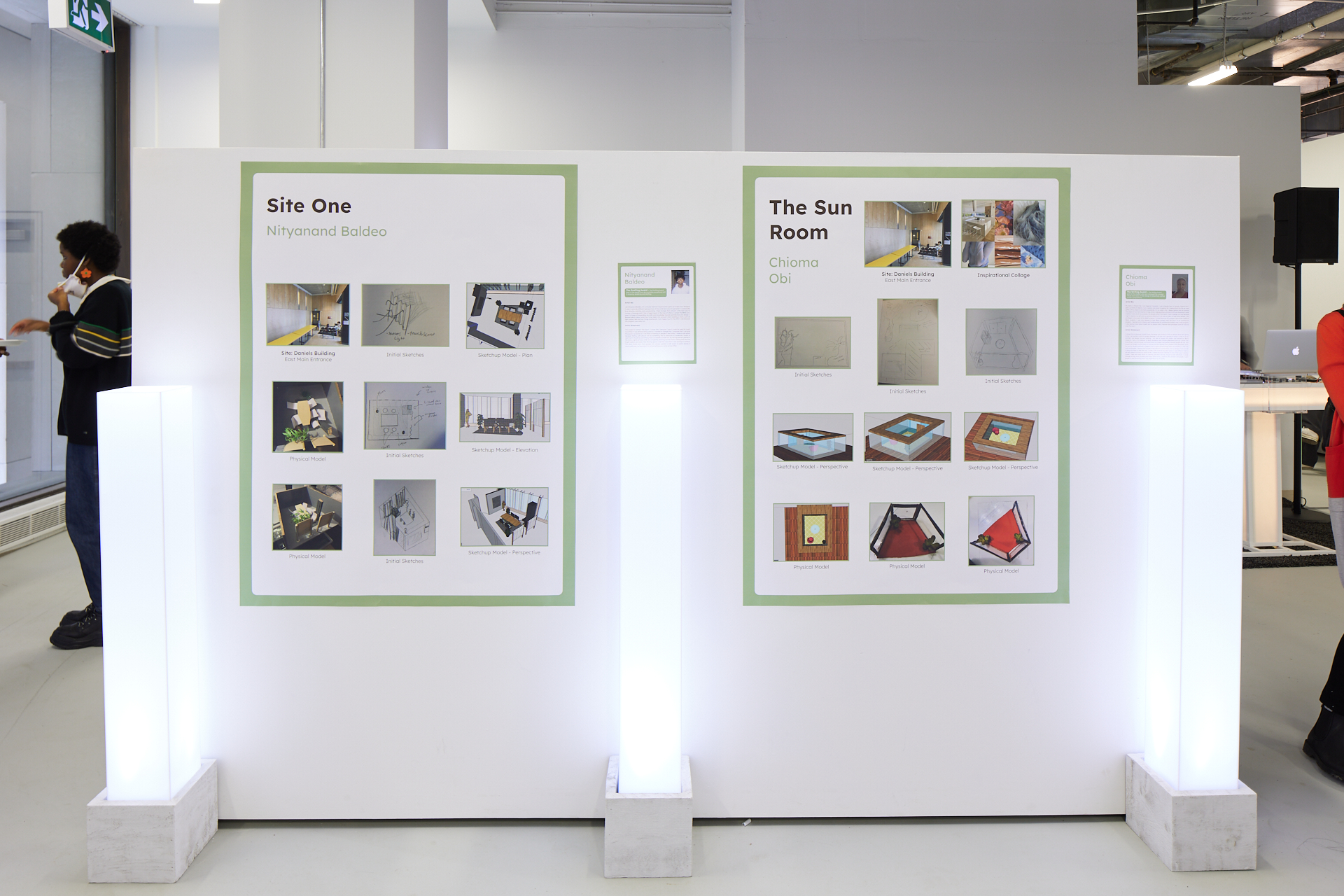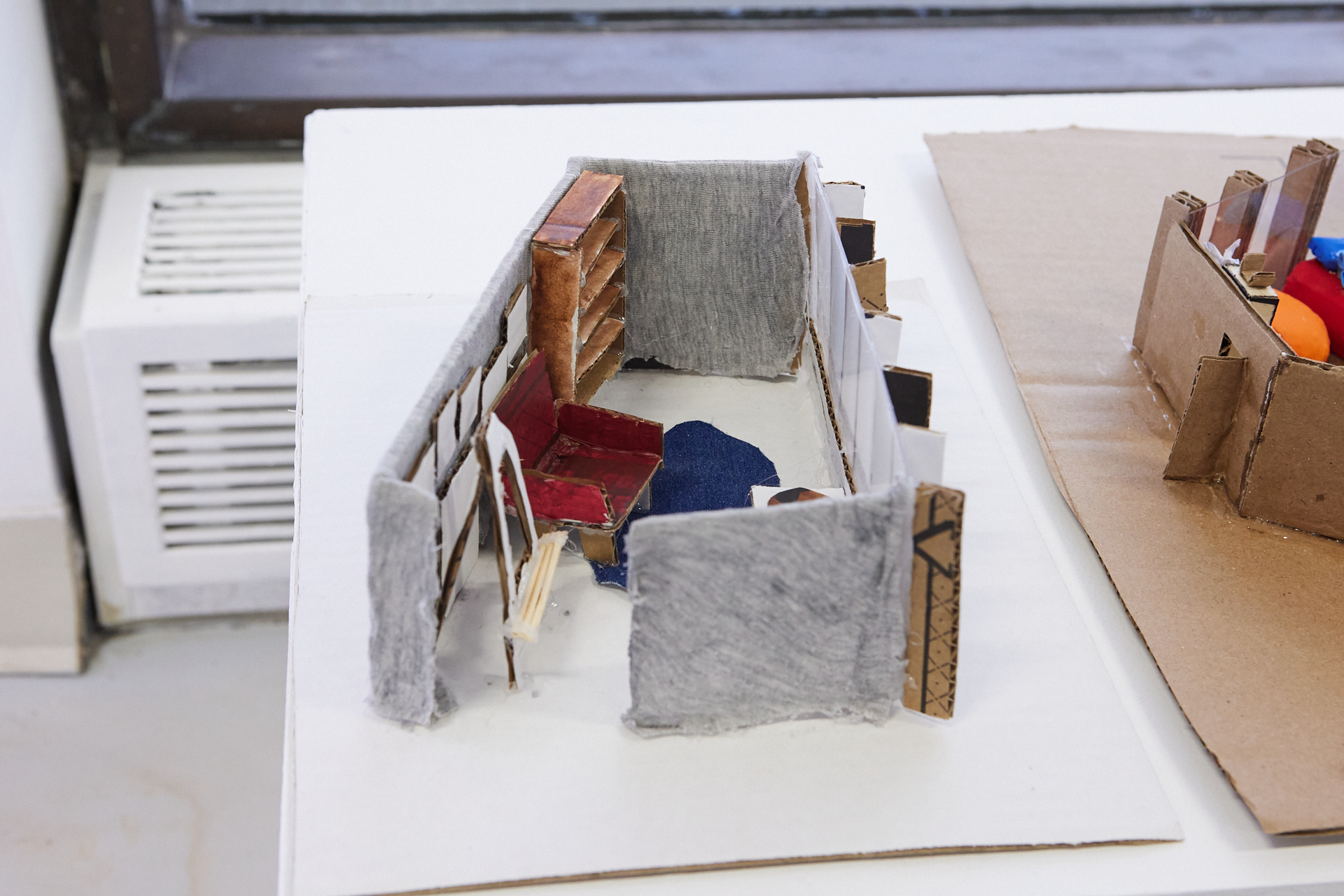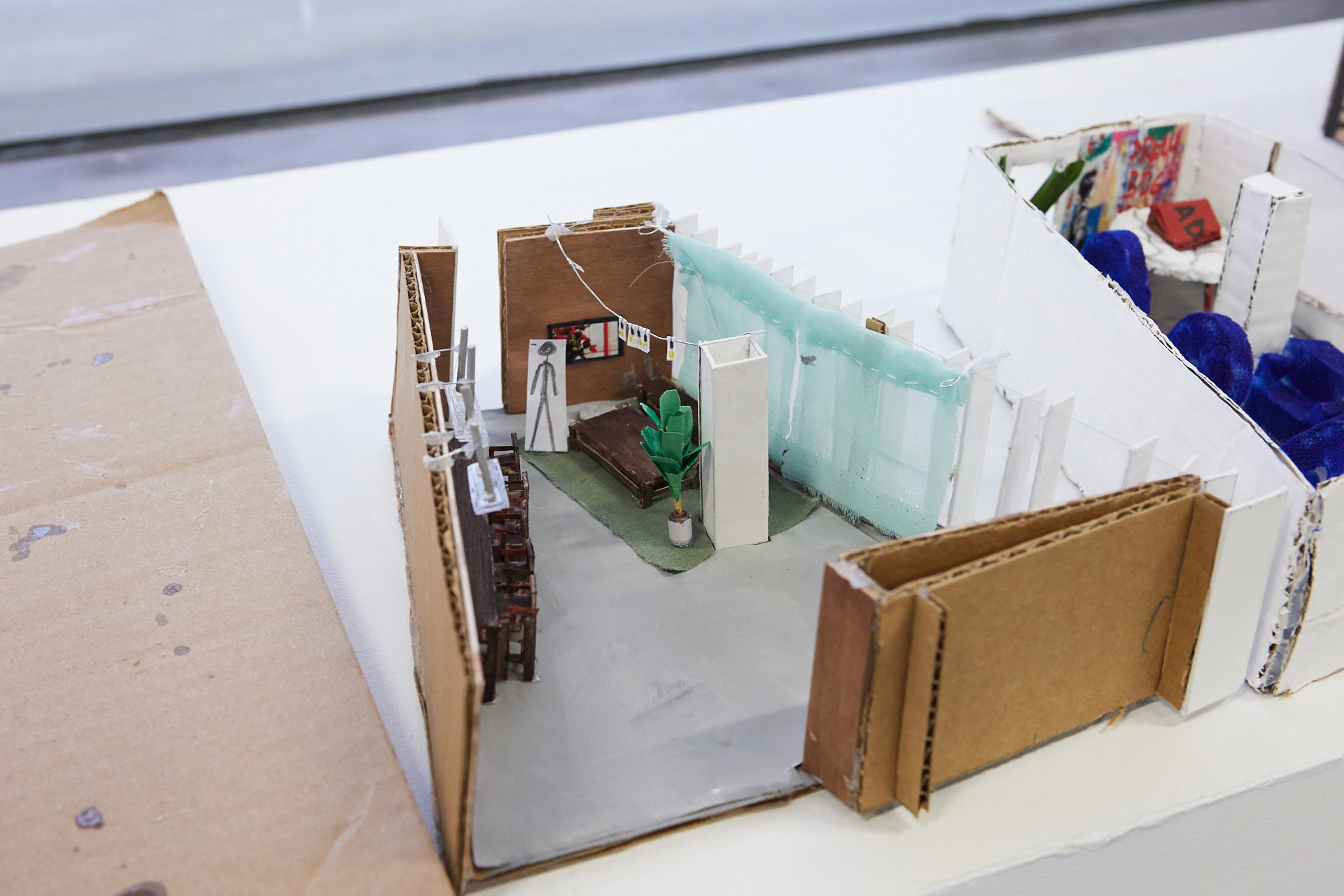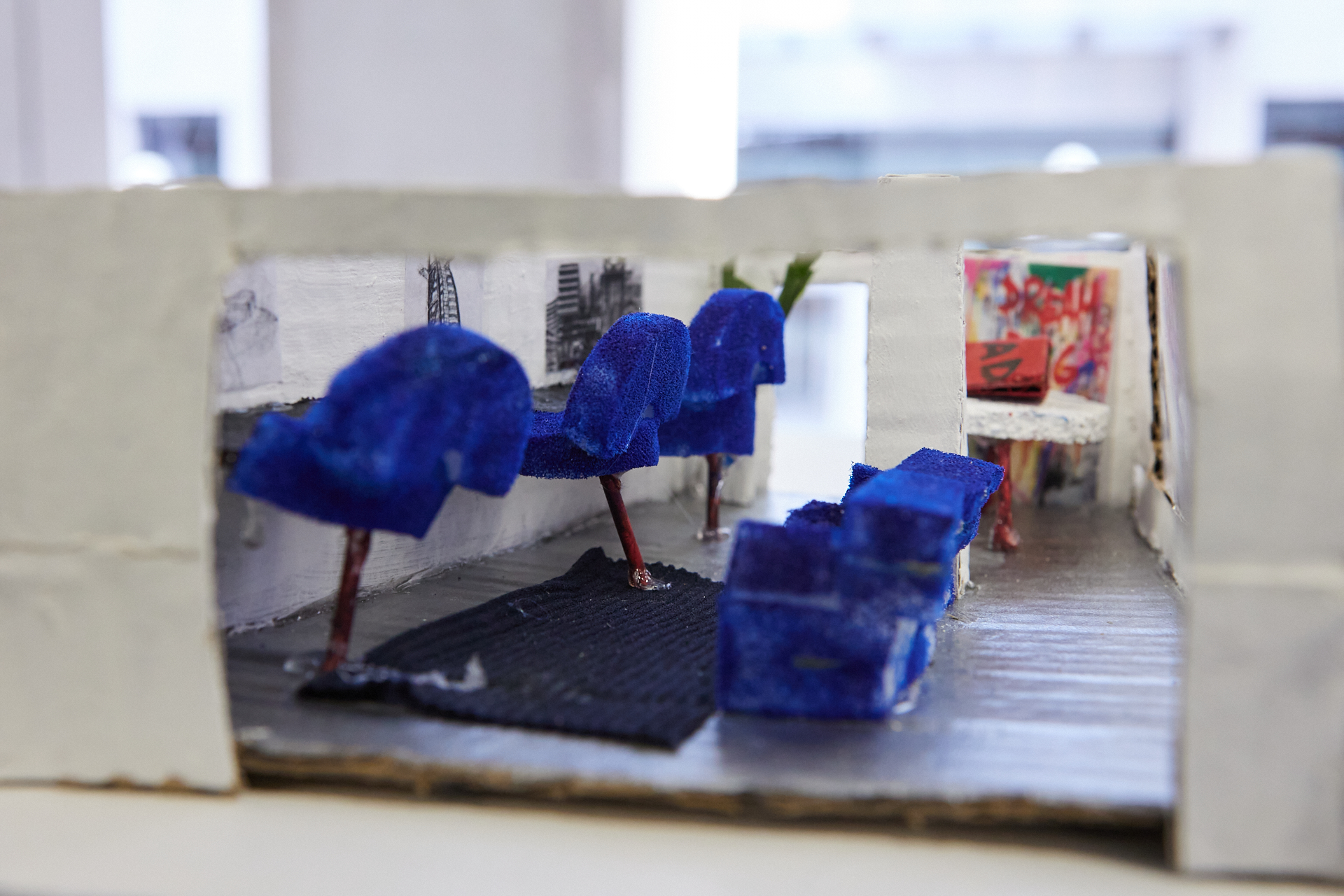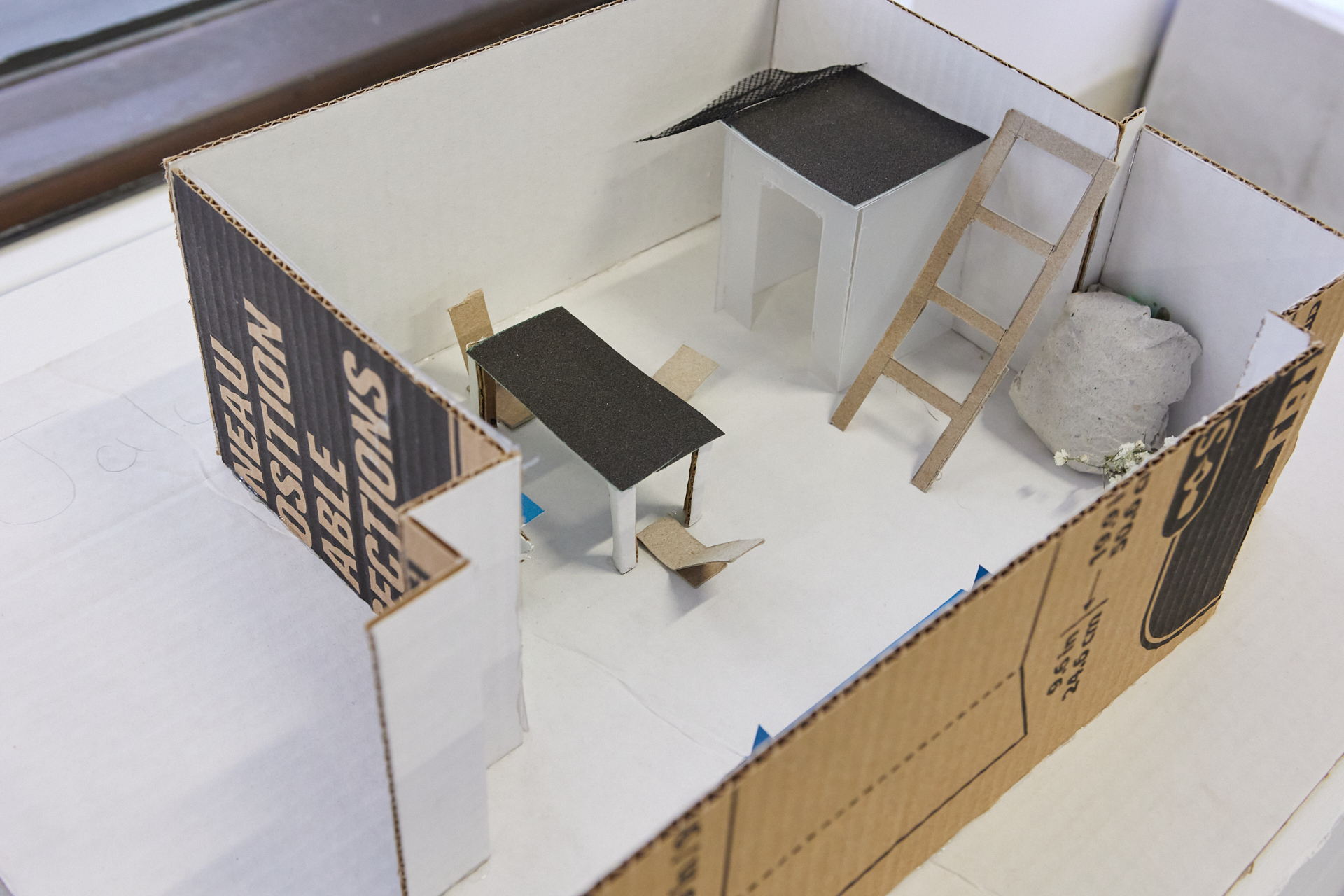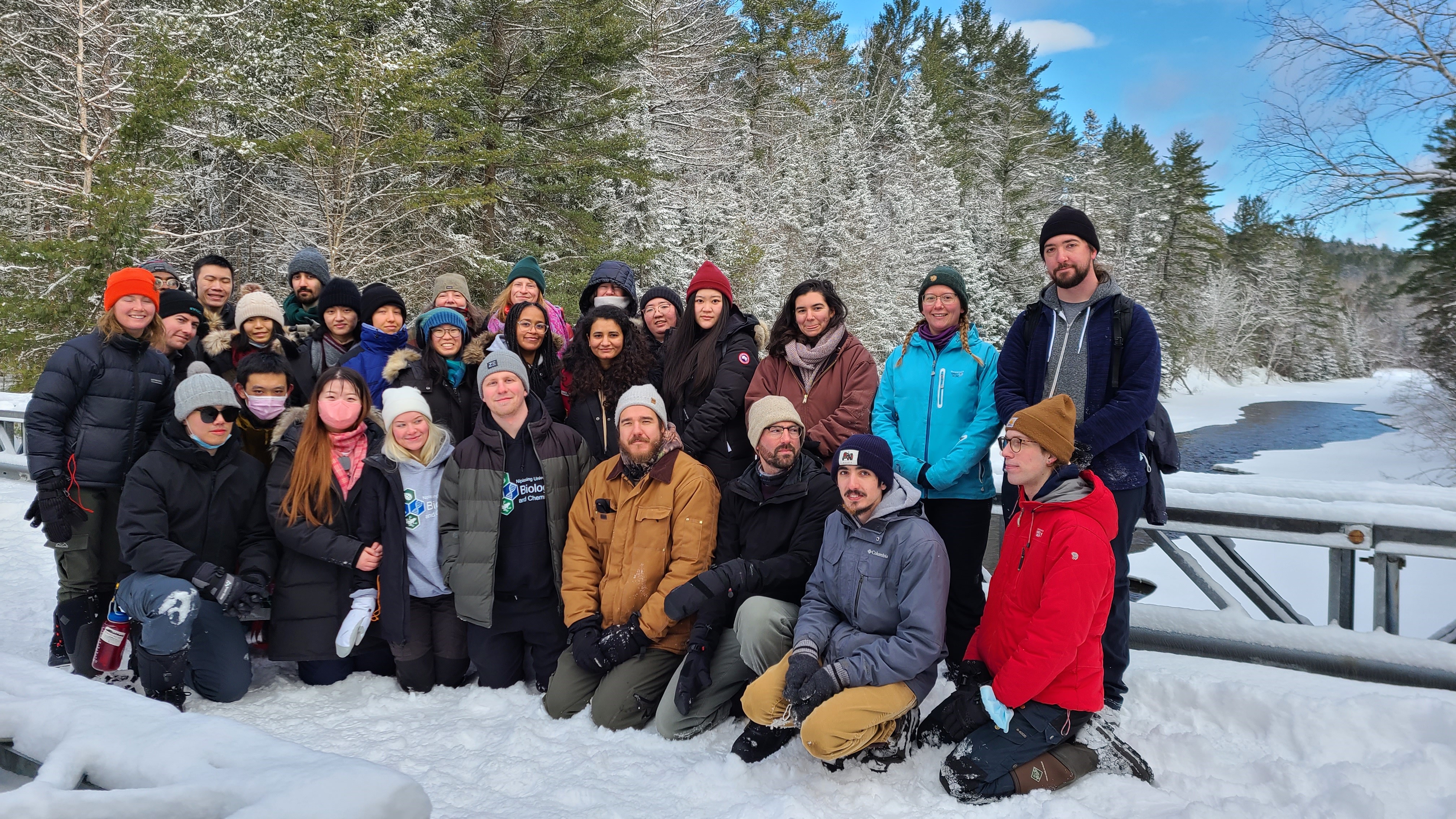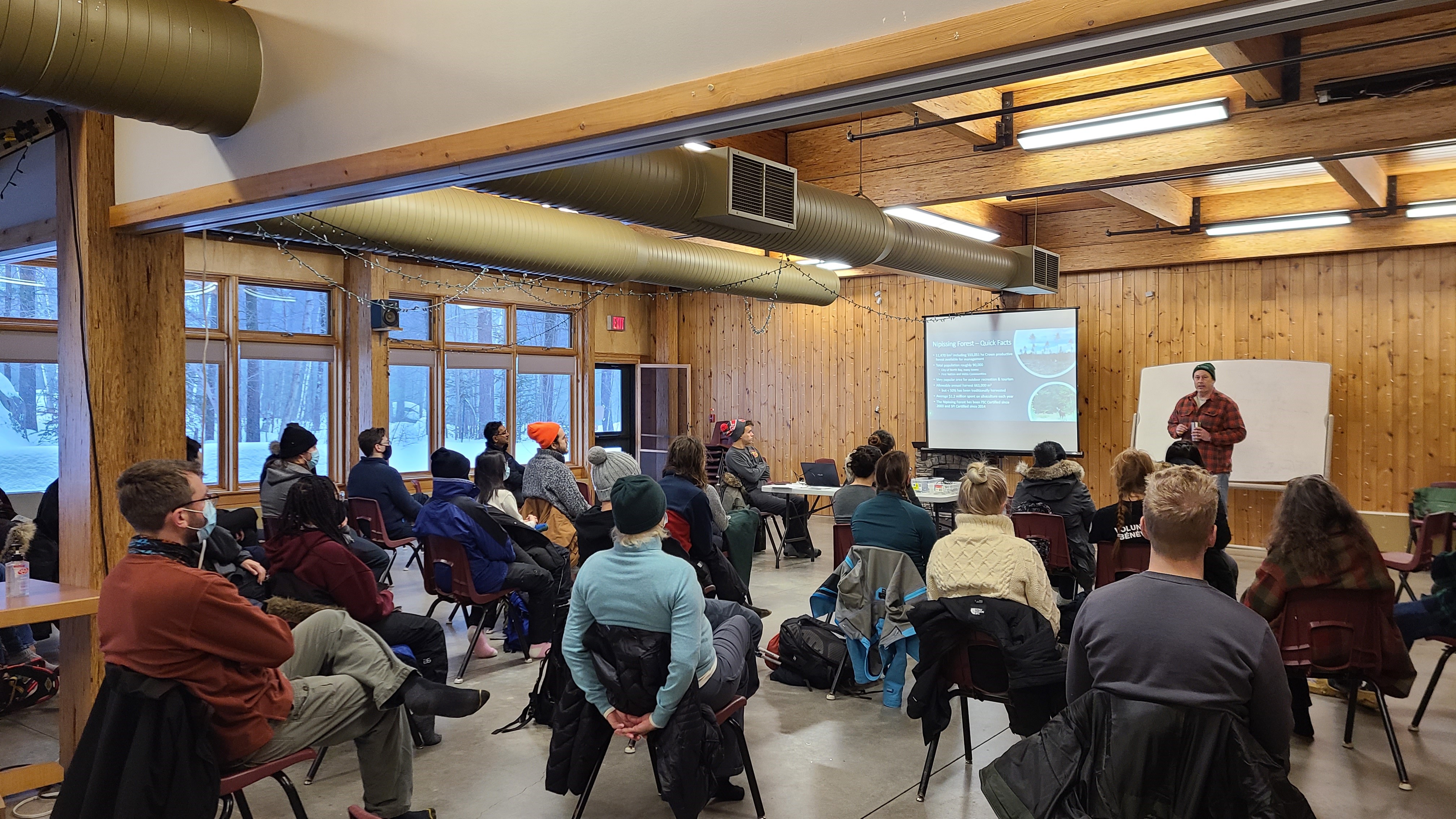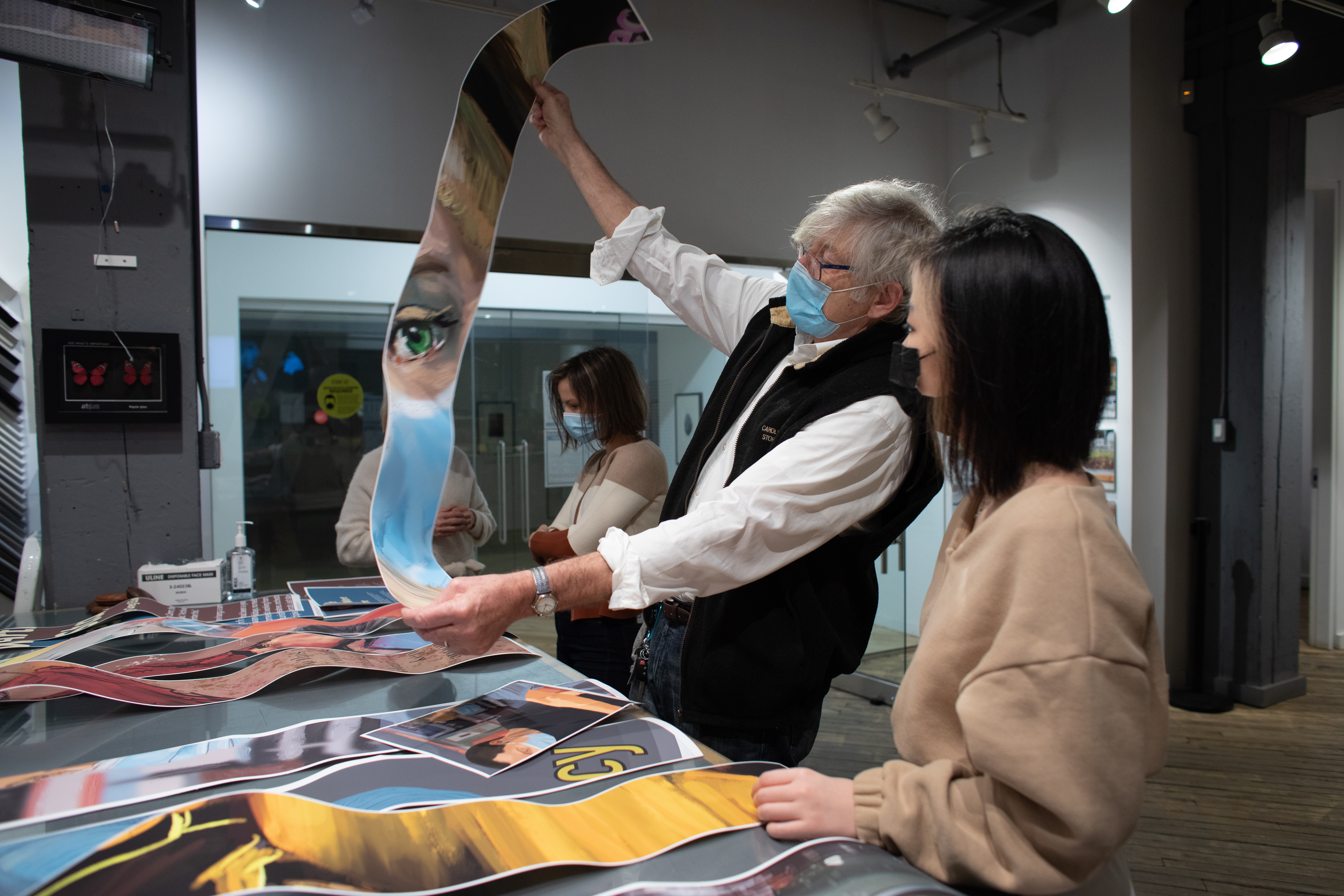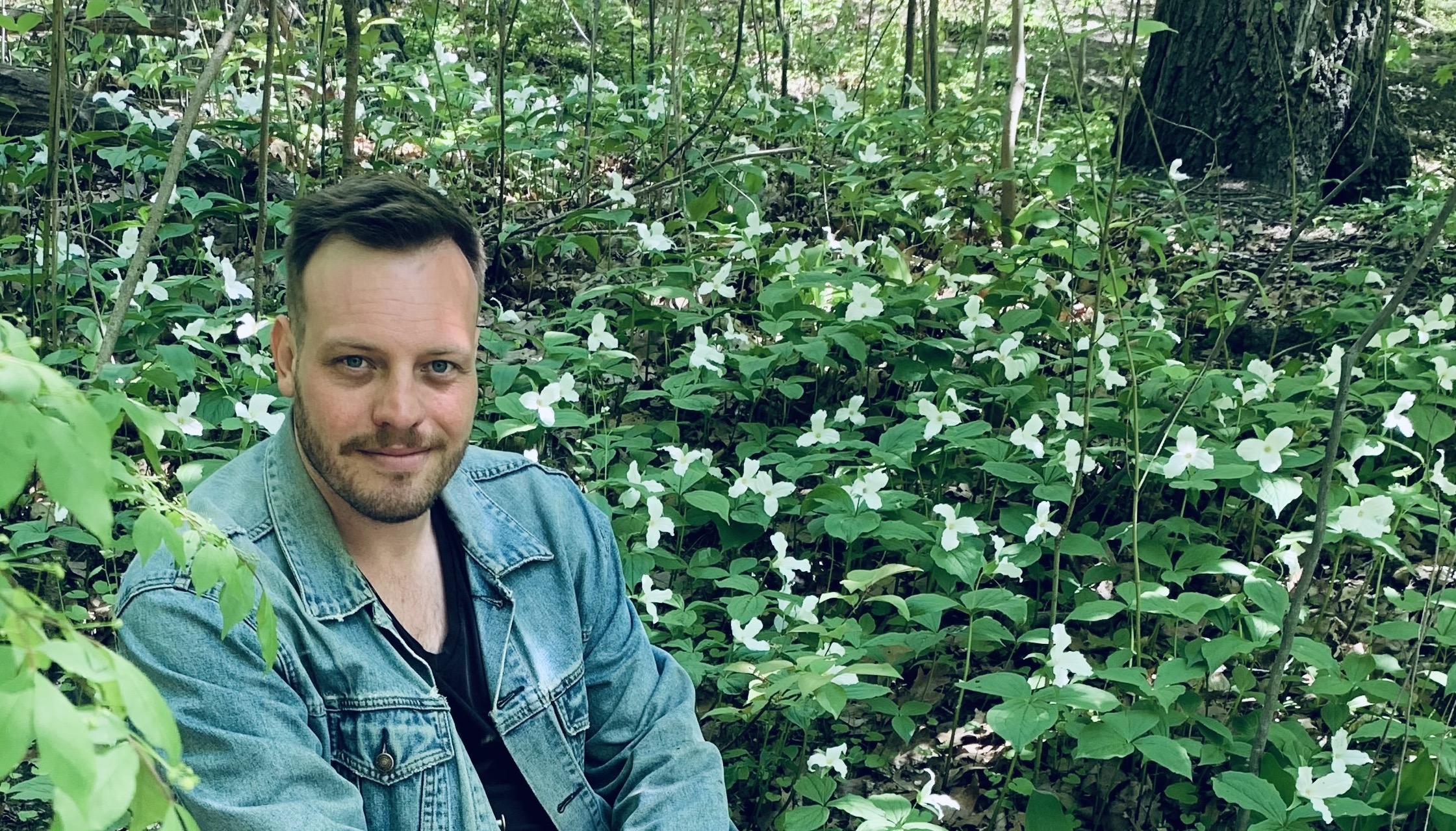Monday, April 11 to Friday, April 27
Daniels Faculty Building,
1 Spadina Crescent, Toronto, Ontario
Throughout April, students in architecture, landscape architecture, urban design and forestry will present final projects to their instructors. Students of the Daniels Faculty will also present to guest critics from both academia and the professional community in attendance.
Please note: As we continue to maintain a safe and healthy environment in compliance with public health guidelines and University of Toronto policies, winter reviews will only be open to members of the University of Toronto community and not to the general public at this time.
U of T requires all those coming to campus to be fully vaccinated against COVID-19 and provide proof of vaccination via UCheck.
Follow the Daniels Faculty @UofTDaniels on Twitter and Instagram, and join the conversation using the hashtag #DanielsReviews.
Monday, April 11 | Undergraduate
Design Studio I
JAV101H1S
9 a.m.–6 p.m. ET
Instructors: Jay Pooley (coordinator), Kearon Roy Taylor, Danielle Whitley, Nova Tayona, Sonia Ramundi, Katy Chey, Batoul Faour, Chloe Town, Jeffrey Garcia, Jennifer Kudlats, Gregory Beck Rubin, Luke Duross, Scott Sorli, Jordan Prosser, Reza Nik and Anamarija Korolj
Rooms: Principal Hall (170), 215, 230, 240, 330
Tuesday, April 12 | Undergraduate
Design Studio II
ARC201H1S
9 a.m.–1 p.m. ET
Instructors: Fiona Lim Tung (coordinator), Daniel Briker, Anne Ma, Maria Denegri, Shane Williamson, Jamie Lipson, Kara Verbeek, Nicolas Barrette, Nova Tayona and Sonja Vangieli
Rooms: 209, 215, 230, 240, 242, 330, 1st floor hallway, 2nd floor hallway
Technology Studio IV
ARC381Y1S
9 a.m.–6 p.m. ET
Instructors: Andrew Bako (coordinator) and Kfir Gluzberg
Room: Principal Hall (170)
Wednesday, April 13 | Undergraduate
Architecture Studio IV
ARC362Y1S
10 a.m.–4 p.m. ET
Instructors: Jon Cummings (coordinator), Lukas Pauer and David Verbeek
Rooms: Principal Hall (170), 230
Landscape Architecture Studio IV
ARC364Y1S
12 p.m.–5 p.m. ET
Instructor: Pete North
Room: 330
Thursday, April 14 | Graduate & Undergraduate
Drawing & Representation II
ARC200H1S
9 a.m.–6 p.m. ET
Instructors: Michael Piper (Coordinator), Jon Cummings, Francesco Valente-Gorjup, Phat Le, Scott Norsworthy, Kiana Mozayyan and David Verbeek
Rooms: Principal Hall (170), 209, 230, 240, 2nd floor hallway
Design Studio 2
LAN1012YS
9 a.m.–6 p.m. ET
Instructors: Liat Margolis (Coordinator) and Terence Radford
Room: 330
Urban Design Studio Options
URD1012YS
9 a.m.–6 p.m. ET
Instructor: Simon Rabyniuk
Room: 215
Monday, April 18 | Graduate & Undergraduate
Design + Engineering I
ARC112H1S
9 a.m.–6 p.m. ET
Instructors: Jay Pooley (coordinator) and Jennifer Davis
Room: 200
Design Studio 2
ARC1012YS
9 a.m.–6 p.m. ET
Instructors: Adrian Phiffer (coordinator), Chloe Town, Anya Moryousef, Julia Di Castri, Matthew Hickey, Tom Ngo and Behnaz Assadi
Rooms: Principal Hall (170), 230, 330
Tuesday, April 19 | Graduate
Design Studio 4
ARC2014YS
9 a.m.–6 p.m. ET
Instructors: Samuel Dufaux (coordinator), Brigitte Shim, Steven Fong, Chris Cornecelli, Aleris Rodgers, Maria Denegri, Carol Phillips, Eiri Ota and Greg Neudorf
Rooms: 215, 230, 240, 330
Wednesday, April 20 | Graduate
MArch Post-professional Thesis
ALA4022YS
10 a.m.–4 p.m. ET
Instructors: Roberto Damiani (coordinator), Alstan Jakubiec, Erica Allen Kim, Alex Lukachko, Michael Piper and Stephen Verderber
Room: 200
Design Studio 4
ARC2014YS
9 a.m.–6 p.m. ET
Instructors: Samuel Dufaux (coordinator), Brigitte Shim, Steven Fong, Chris Cornecelli, Aleris Rodgers, Maria Denegri, Carol Phillips, Eiri Ota and Greg Neudorf
Rooms: 215, 230, 240
Design Studio 4
LAN2014YS
9 a.m.–6 p.m. ET
Instructors: Alissa North (coordinator), Todd Douglas and Rui Felix
Room: 330
Thursday, April 21 | Graduate & Undergraduate
Senior Seminar in History & Theory (Thesis)
ARC457Y1S
9 a.m.–6 p.m. ET
Instructor: Simon Rabyniuk
Rooms: Principal Hall (170), 209, 215, 230, 240
Senior Seminar in Design (Thesis)
ARC462Y1S
9 a.m.–6 p.m. ET
Instructor: Laura Miller
Rooms: Principal Hall (170), 209, 215, 230, 240
Senior Seminar in Technology (Thesis)
ARC487Y1S
9 a.m.–6 p.m. ET
Instructor: Nicholas Hoban
Rooms: Principal Hall (170), 209, 215, 230, 240
Design Studio Thesis
LAN3017YS
9 a.m.–6 p.m. ET
Instructors: Liat Margolis (coordinator), Behnaz Assadi, Fadi Masoud, Pete North, Alissa North, Matthew Perotto and Aisling O’Carroll
Rooms: 242, 330
Friday, April 22 | Graduate & Undergraduate
Senior Seminar in History & Theory (Thesis)
ARC457Y1S
9 a.m.–6 p.m. ET
Instructor: Simon Rabyniuk
Rooms: Principal Hall (170), 209, 215, 230, 240
Senior Seminar in Design (Thesis)
ARC462Y1S
9 a.m.–6 p.m. ET
Instructor: Laura Miller
Rooms: Principal Hall (170), 209, 215, 230, 240
Senior Seminar in Technology (Thesis)
ARC487Y1S
9 a.m.–6 p.m. ET
Instructor: Nicholas Hoban
Rooms: Principal Hall (170), 209, 215, 230, 240
Design Studio Thesis
LAN3017YS
9 a.m.–6 p.m. ET
Instructors: Liat Margolis (coordinator), Behnaz Assadi, Fadi Masoud, Pete North, Alissa North, Matthew Perotto and Aisling O’Carroll
Rooms: 330
Urban Design Studio Thesis
URD2015YS
9 a.m.–6 p.m. ET
Instructors: Otto Ojo and Michael Piper
Rooms: 242, 215
Monday, April 25 | Graduate
Architectural Design Studio: Research 2
ARC3021YS / ARC4018YS
9 a.m.–6 p.m. ET
Instructors: Lina Ghotmeh, Shane Williamson, Stephen Verderber, Mason White, Miles Gertler, Lara Lesmes and Fredrik Hellberg
Rooms: 215, 230, 240, 242, 330, main east entrance, Library
Tuesday, April 26 | Graduate
Architectural Design Studio: Research 2
ARC3021YS / ARC4018YS
9 a.m.–6 p.m. ET
Instructors: Petros Babaskias, Kelly Doran, George Baird and John Shnier
Rooms: Principal Hall (170), 209, 230, 240, 242, 330, main hall mezzanine, Gallery entrance, Library, bottom of main staircase
Wednesday, April 27 | Graduate
Architectural Design Studio: Research 2
ARC3021YS / ARC4018YS
9 a.m.–6 p.m. ET
Instructors: Laura Miller, Brady Peters and Brian Boigon
Rooms: 230, 240, 330
Architectural Design Studio 7: Thesis
ARC4018YS
9 a.m.–6 p.m. ET
Instructors: Michael Piper, Reza Nik and Miles Gertler
Rooms: 209, 242
Banner photo by Harry Choi.
